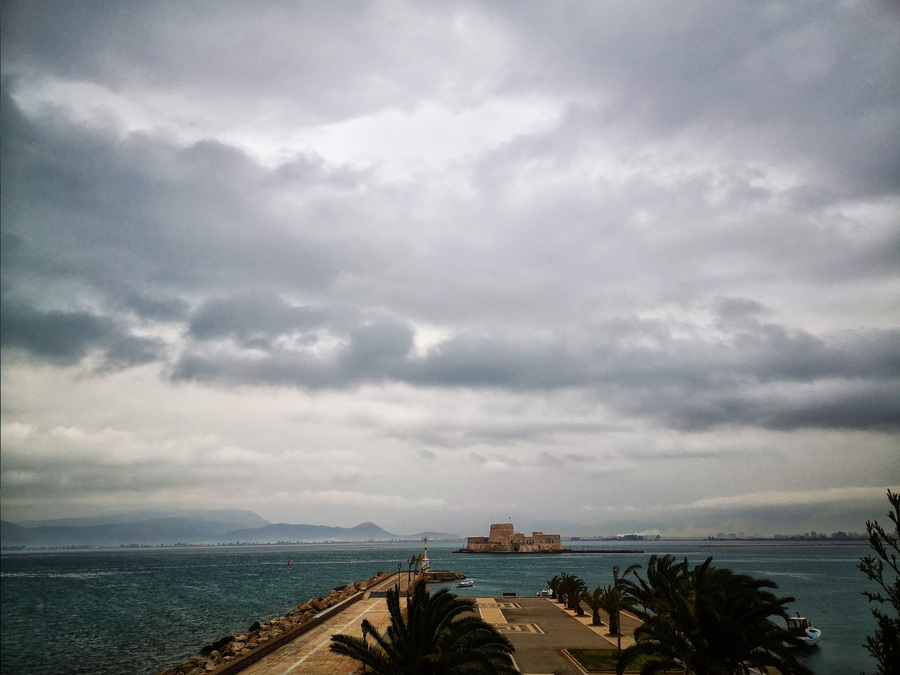In great concentration is still today the African dust in the atmosphere, which “drowns” areas of our country in the last 3 days.
Dust concentrations are estimated to remain high until today, while from Friday, April 8 they will decline.
The Ionian, Peloponnese, Cyclades, Crete and the Dodecanese will be most affected.
Also, visibility will be locally limited.
Photos from Nafplio show how dense the dust that partially covers the sun is.
What is African dust and where does it come from?
African dust is called the wind mineral dust from the Sahara desert. The desert covers an area of nine million square kilometers, from the Atlantic Ocean to the Red Sea, from the Mediterranean Sea to the Niger River valley and the region of Sudan in the south.
THE Sahara dust It is often produced by natural processes, such as windstorms, and does not appear to be affected by human activities.
The dust that falls into the Atlantic Ocean and the Mediterranean Sea has a small percentage of soluble iron. It has been associated with many health problems, as it has been observed that on days with high concentrations of dust, hospital admissions increase with patients experiencing respiratory and cardiac problems.
This is because particles with dangerous substances can very easily enter a person’s respiratory system. In fact, researchers have identified dangerous heavy metals in African dust, such as lead, zinc, chromium, vanadium, arsenic and nickel, that can enter the lungs.
In some West African countries, heavy dust in the air can significantly reduce visibility and block the sun for several days, comparable to a heavy fog.
This phenomenon is known as fog Harmatan.
Follow Skai.gr on Google News
and be the first to know all the news
I have worked in the news industry for over 10 years. I have a vast amount of experience in covering health news. I am also an author at News Bulletin 247. I am highly experienced and knowledgeable in this field. I am a hard worker and always deliver quality work. I am a reliable source of information and always provide accurate information.











